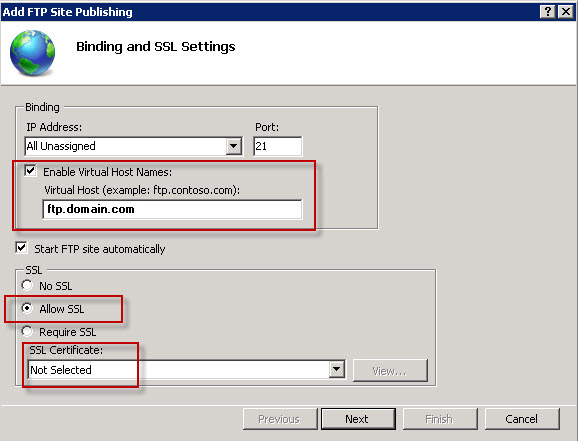

# Assign the service type FTP to the user. (To set the working directory to the root directory of the flash memory on the subordinate member, you must include the slot number in the directory path.) authorization-attribute user-role network-admin work-directory flash:/ Set the working directory to the root directory of the flash memory on the master. # Assign the network-admin user role to the user.
MAKING AN FTP DISK PASSWORD
# Create a local user with username abc and password 123456.
MAKING AN FTP DISK FREE
If the free space is insufficient, use the delete/unreserved file- url command to delete unused files. # Examine the storage space on the member devices.
MAKING AN FTP DISK PC
Make sure the IRF fabric and the PC can reach each other. If you do find yourself with a stack of ageing drives going spare then this could be a good way of using them until the day they die.Configure IP addresses as shown in Figure 20. However if you're using it to locally store data, for file backups or data supplied from the cloud, for example local Steam games, this could be an acceptable risk for cheap and plentiful network storage. Of course, if the data isn't important then you can enable ZFS striping, this will maximise storage capacity at the cost of data integrity. This is useful as once a RAID-Z is created additional drives cannot be easily added, but it's easy to add an additional RAID-Z and let FreeNAS work out the complexities of striping across all of these. The process can be applied to RAID-Z arrays in exactly the same way. The way it's implemented is a little inelegant, as it requires creating two volumes with the same name, FreeNAS automatically stripes these together for a single storage pool. The best option is to create a number of RAID 1 mirrors combining drives of identical or very similar size, then allow FreeNAS to stripe all of these together as a RAID 10 for four drives or RAID-Z for more. Despite the advantages of ZFS it's not magic, it still inherits RAID 5's basic flaw of fixing overall drive size to the smallest capacity in the array.
MAKING AN FTP DISK HOW TO
The important part of creating your storage pool is working out how to arrange your drives for best effect. We'll mention the feature in the main walkthrough but this is aimed at dedicated performance solutions. That's not to say it's not possible, but you're limited to four devices at best and potentially two on more recent motherboards.Ī more recent issue is with SSD and hybrid configurations - this is somewhat beyond this article - as ZFS enables acceleration of read-access or logging by selecting a single drive for storing this data when creating volumes. The first is PATA drives, but we're assuming these are too old and too slow to be worth considering. There are a couple of specific situations we're not covering here that could crop up.

Support for ZFS has been integrated since around 2008 but this was much improved in early 2011. If you're thinking that sounds horribly complicated, fear not, the best implementation for home deployment is FreeNAS from the coincidently named This is a brilliantly light-weight FreeBSD-based operating system designed for network attached storage boxes. ZFS was released by Sun Microsystem in 2005, so is right up to date and combines file system, volume management, data integrity and snapshots alongside RAID-Z functionality. RAID is actually very old and there are now superior solutions.Įnter ZFS (Zettabyte File System) that can store some idiotic amount of data measured at the zettabyte level, that's 2 to the power 70. Sounds perfect doesn't it, well we can do better.


 0 kommentar(er)
0 kommentar(er)
